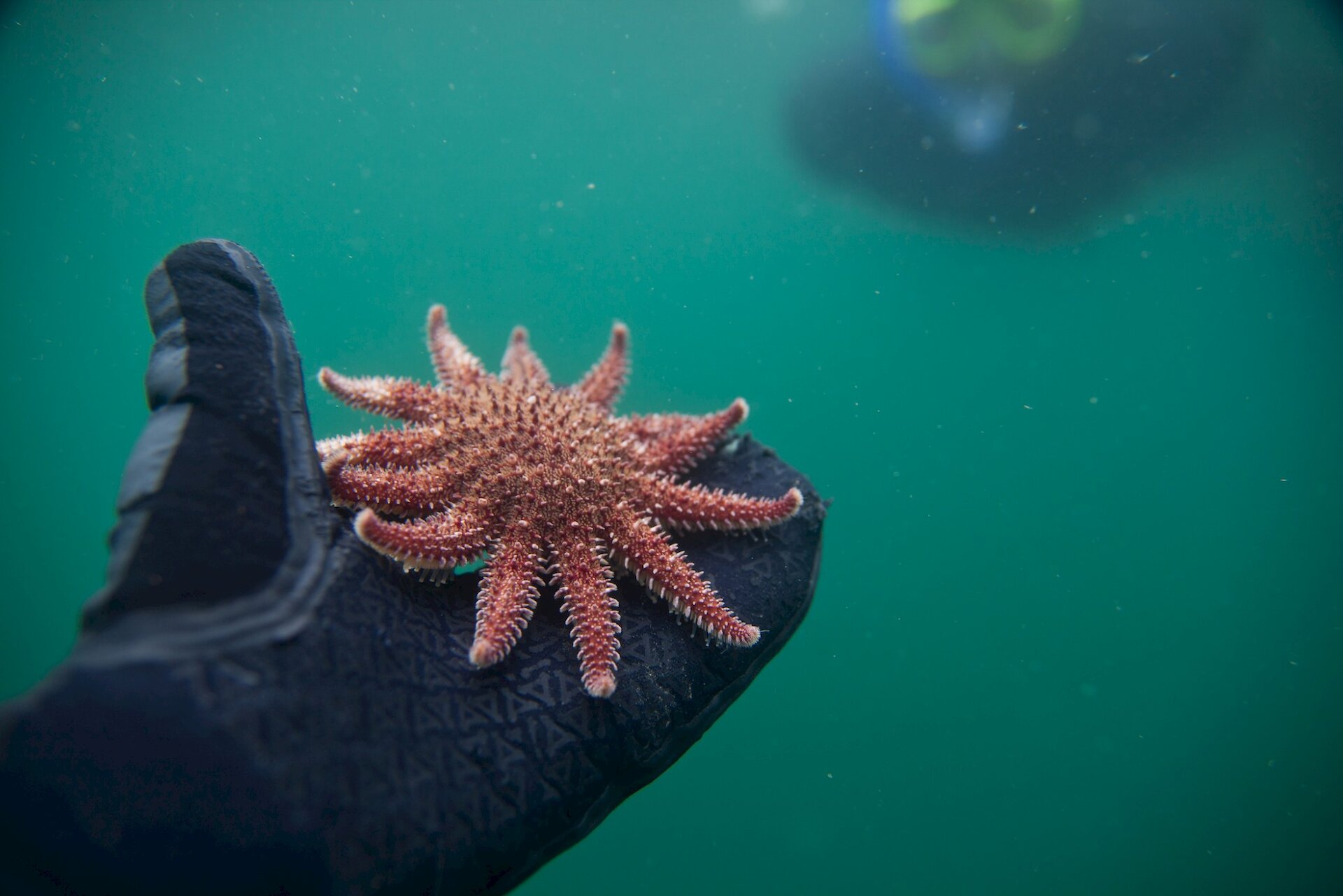Some of the most spectacular views in the islands are below the waves – submerged cliffs, stacks and caves of long-drowned shorelines. Shetland's profusion of underwater wildlife is truly astonishing too, and one of the richest marine environments around the British Isles.
Shetland’s coastline extends to 2,702 kilometres (1,697 miles) and it is estimated that it offers 405 geos (coves), 351 caves, 246 bays and firths, 205 skerries, 190 stacks, 158 natural arches and at least seven subterranean passages. There’s plenty to keep the keenest scuba enthusiast busy for a lifetime!
The variety of diving experiences is a big draw. Shetland has everything from historic wrecks (like the 18th century Queen of Sweden and WWI steamship Gwladmena – both in Lerwick Harbour) to modern trawlers and the 1993 wreck of the huge tanker Braer. There’s also sea cliffs and gullies, teeming with colours and life, and offshore pinnacles and reefs.

